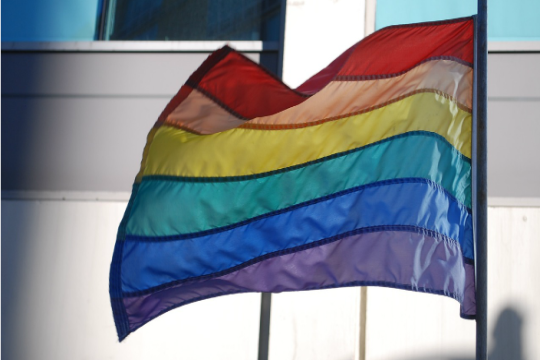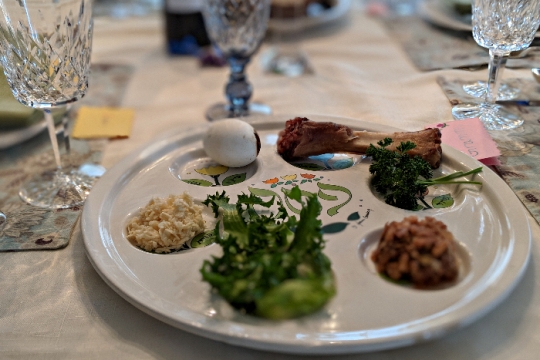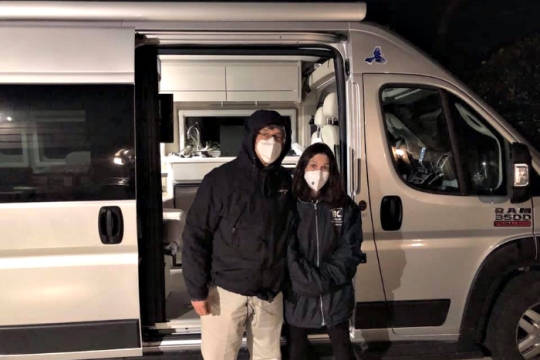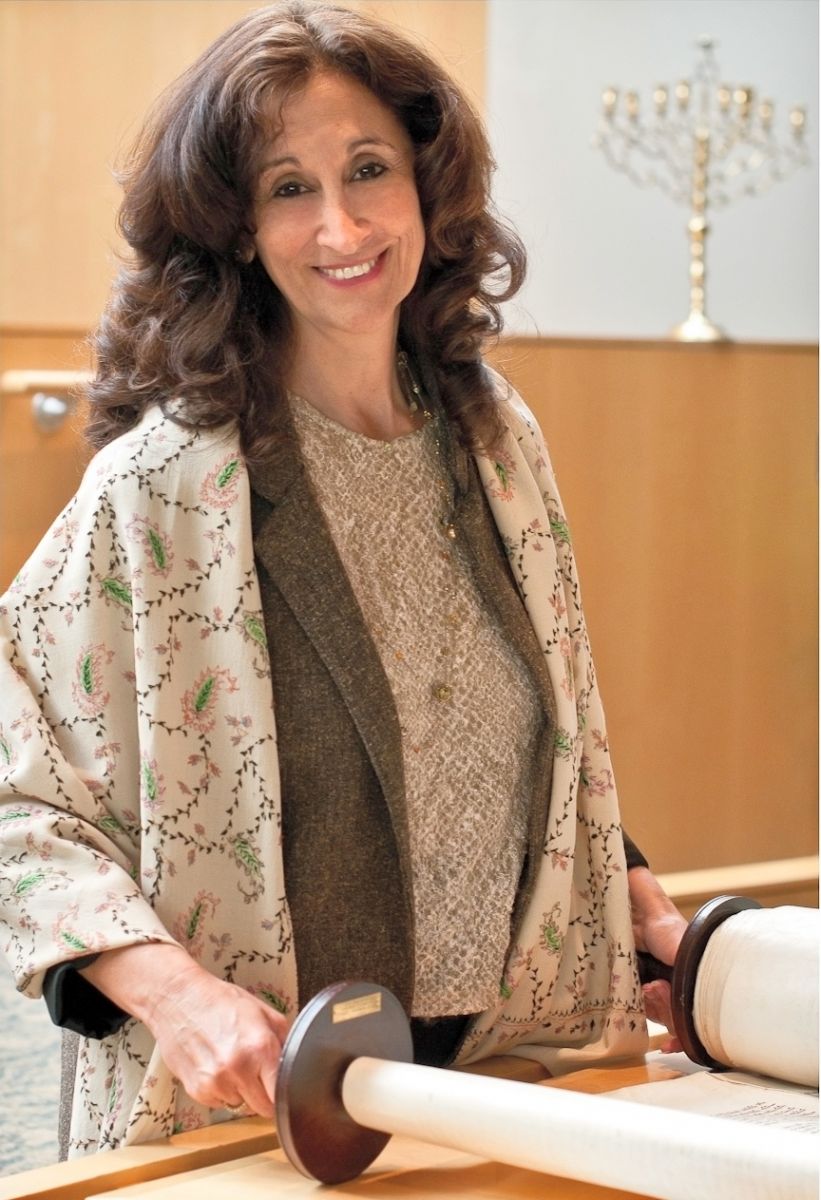
Thirty years ago, a group of Jews founded Central Reform Congregation (CRC) and, as a direct response to white flight to the suburbs, we chose to locate it within the city limits of St. Louis.
As CRC’s rabbi, I participated in vigils against racism-induced violence, as well as Dr. Martin Luther King, Jr. Day celebrations. Our congregation also developed a relationship with Cote Brilliante, a local black church. Together, our two institutions began mentoring 87 first-grade students, following them until they graduated from high school and inspiring the city-wide Mentor St. Louis initiative.
Jews of color started to find their way into our sanctuary – some of whom, by their own accounts, had felt marginalized in Orthodox congregations.
The year 1997 was transformative at CRC: The beautiful Josephine was born to a white Jewish mother and a non-Jewish black father. There was no question that her parents would raise her to be a Jew. When I held Josephine at her naming ceremony, I promised her: “By the time you begin to notice how you fit into your surroundings, we will have a community that includes others who look like you. You will see yourself reflected in the diversity of our temple.”
As a first step in fulfilling my promise, we invited Julius Lester, a black Jew and professor of Judaic studies, as a speaker and teacher at our congregation. I sensed he didn’t hold out much hope that CRC would ever become an integrated and welcoming place for Jews of color. He resonated with the sounds, rhythms, and stories of black America – and that wasn’t our culture at CRC, not then.
To authentically embrace black culture, I’d need the help of black Jews, but this would not be easy in St. Louis, where separation and segregation run deep. I worried about my promise to Josephine.
Unexpected help came in 2000, after we did something we said we’d never do: build a building. Although we’d never wanted to put money or resources into bricks, we’d long ago outgrown the church that had hosted us for 16 years, and it was time to move on.
Our first funeral in the new facility was for a black Muslim woman who had been raised Baptist. Her family wanted a welcoming and inclusive place for her service. She had many friends in our community, and I was honored to participate with the imam. At the end of the service, a black woman asked me if we were going to say Kaddish, the mourner’s prayer, for our friend.
This is how I met Yavilah McCoy, founder of the now-defunct Ayecha Resource Organization, which was dedicated to raising awareness of Jewish diversity and supporting Jews of color. I could hardly believe that a fourth-generation African-American Orthodox Jewish woman, devoted to assisting Jewish organizations in becoming more inclusive, was sitting in our sanctuary.
In 2003, CRC launched a two-year congregational engagement program to help us achieve our goal of building a truly diverse community. At a retreat for change agents led by Yavilah and Linda Holtzman, a member experienced in dismantling internalized racism, we stopped patting ourselves on the back for “marching in the ‘60s” and instead practiced listening. By the fourth day, we began to embrace privilege, not as a source of embarrassment but as a tool we could use to be effective allies in the struggle against racism.
We’ve made significant strides in the years since Josephine’s baby naming. I see the changes reflected in the collaged photos on seven large picture boards that chronologically depict the story of our congregation. The last two collages look a lot like the “Because Jews Come in All Colors” poster. On some Friday evenings, African drumming and dance are part of our Shabbat service. I even officiated at the marriage of a biracial couple who, because of us, decided to raise their kids to be Jewish.
I know we have a long way to go to keep the promise I made to Josephine almost 20 years ago. But for this congregation, situated in the city just a few miles from the Old Court House where the slave Dred Scott lost his case for freedom, I have hope that we are chipping away at the racism that plagues us.
Related Posts

What Should Jewish LGBTQ+ Spaces Look Like?

Pandemic Passover, Take Two: The Long Journey through the Wilderness

